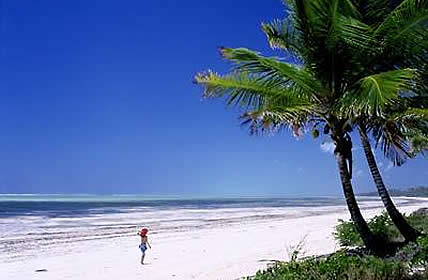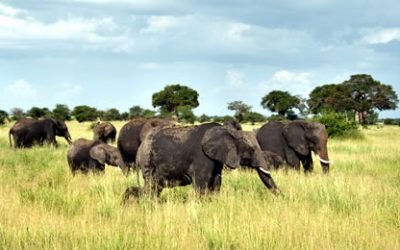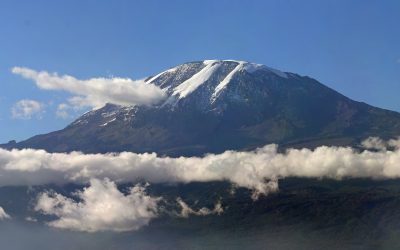Zanzibar Island
ZANZIBAR ISLAND
The Island of Zanzibar lies about twenty three miles off the coast of Tanzania in the Indian Ocean some six degrees South of the Equator. It covers an area of 640 square miles and offers white sandy beaches, coconut groves clove plantations and an immensely rich history. To the islands, shores have come people from all parts of the world; Malays, Indians, Arabs, Egyptians. These and others peoples have settled on the Island over the centuries and left their mark in the architecture and character of the place and the people who live there.
HISTORY
The Island has attracted travelers to its shores for centuries and was one of the main centers on the East African coast of the slave trade. The clove tree was introduced to Zanzibar in 1818 and the Island by the middle of that century was the worlds largest producer of cloves, which is how it got its name as the “Spice Island”. At the same time, the slave trade was reaching its peak with as many as 50,000 slaves passing through its market every year. The Arabic influence became so strong that the Sultan of Oman moved his capital from Muscat to Zanzibar. For a long time, it was more important than the other Arab trading centers of Lamu in Kenya was, and Bagamoyo on the mainland Tanzania was. In 1890, the Island became a British Protectorate and at the same time, its power went into decline, particularly with the construction of the Mombassa to Kampala railway, which created a new trade route into the African hinterland. It remained a protectorate until independence in 1964 when Zanzibar joined with Tanganyika to become the United Republic of Tanzania.
ZANZIBAR STONE TOWN
The old stone town of Zanzibar is well worth a visit, to get an idea of it’s past take your time to wander through the narrow winding streets lined with little shops, bazaars mosques and squares. In the town you will find the Beit-el-Ajaib or the house of wonders, the peoples palace (formally the Sultans palace) and the Arab Fort built by the Portuguese in 1700, also the Shirazi Mosque which dates back to 1107 AD and the old slave market, on which the first Anglican cathedral in East Africa was built. Also in town is Livingstone House, which was the base for David Livingstones last expedition before he died. The National Museum, which houses a small but interesting display on the history of the Island and its people.
OUT OF THE STONE TOWN
On the outskirts of Zanzibar Town the Muruhubi Palace built by the Sultan Seyyid Bargash to house his harem is worth a visit. In addition, the Persian baths built by another Sultan for his Persian wife are well preserved. To the north, there are the slave caves near Mangapwani beach, which were used for illegal slave trading after slave trading was abolished in the late 1800’s. The jozani Forest is one of the last remaining sanctuaries for the rare red Kirks Colobus Monkeys. Zanzibar is also well known for its warm clear waters, ideal for snorkeling or swimming in. there is also the Island called Chungu Island more popularly known as Prison Island from where the slaves were shipped out.




